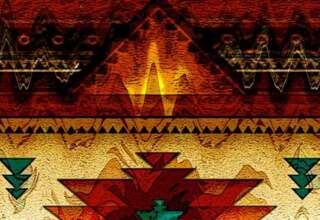
Following is the first in a series of interviews with John Trumper, M.D. John has worked as a pediatrician in not only the United States but also four other countries. He has also served as a physician with three Native American communities in the United States.
Dr. Trumper brings a wealth of insights regarding interpersonal relations and culture to these interviews based on his remarkable history of engagement with people in many different settings–mostly small, nonurban communities.
This first interview focused on John Trumper’s work with the Maori in Northern New Zealand.
Background
The following description of the Maori people (their history and current status) is provided to establish a background for comments and reflections offers by Dr. Trumper. This description is an edited and rearranged version of material presented on Wikipedia.
Māori are the indigenous Polynesian people of mainland New Zealand. Māori originated with settlers from East Polynesia, who arrived in New Zealand in several waves of canoe voyages between roughly 1320 and 1350. Over several centuries in isolation, these settlers developed their own distinctive culture, whose language, mythology, crafts, and performing arts evolved independently from those of other eastern Polynesian cultures. In the course of a few centuries, the growing population led to competition for resources and an increase in warfare. Various systems also arose aimed to conserve resources; most of these used religious or supernatural threats to discourage people from taking species at particular seasons or from specified areas. Warfare between tribes was common, and Māori would sometimes eat their conquered enemies or enslave them.
Early contact between Māori and Europeans, starting in the 18th century, ranged from beneficial trade to lethal violence; Māori actively adopted many technologies from the newcomers. With the signing of the Treaty of Waitangi in 1840, the two cultures coexisted for a generation. Rising tensions over disputed land sales led to conflict in the 1860s, and subsequent land confiscations, which Māori resisted fiercely. After the Treaty was declared a legal nullity in 1877, Māori were forced to assimilate into many aspects of Western culture. Social upheaval and epidemics of introduced disease took a devastating toll on the Māori population, which fell dramatically, but began to recover by the beginning of the 20th century. The March 2023 New Zealand census gives the number of people of Māori descent as 978,246 (19.6% of the total population), an increase of 12.5% since 2018.





